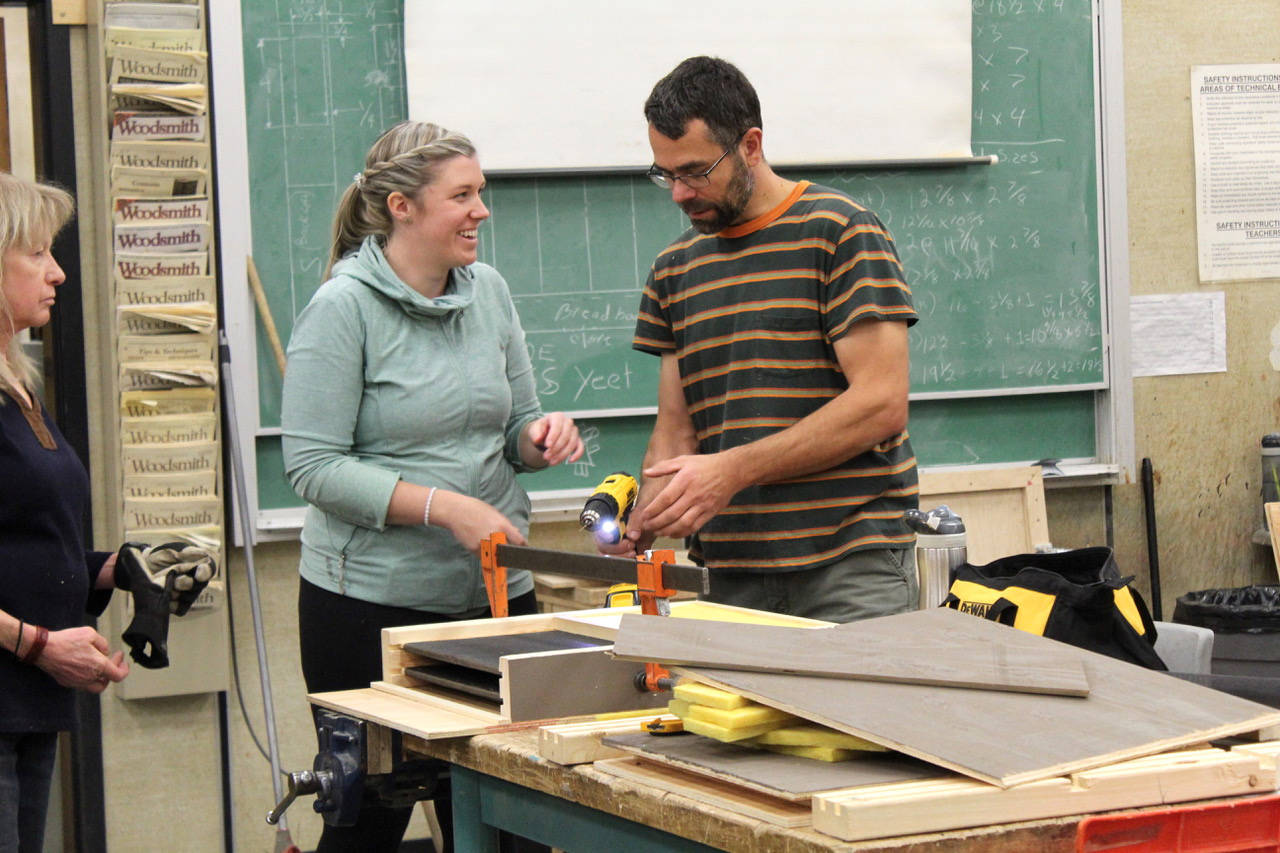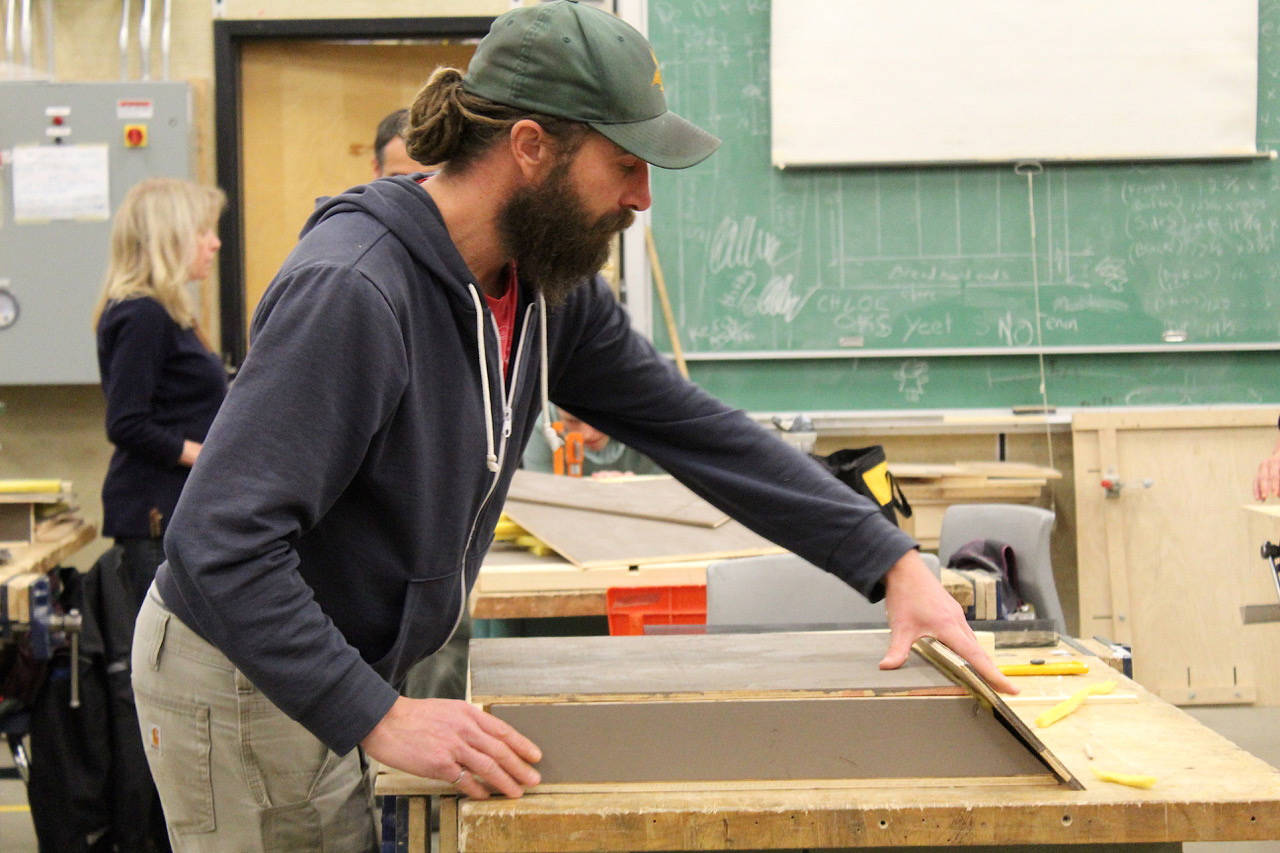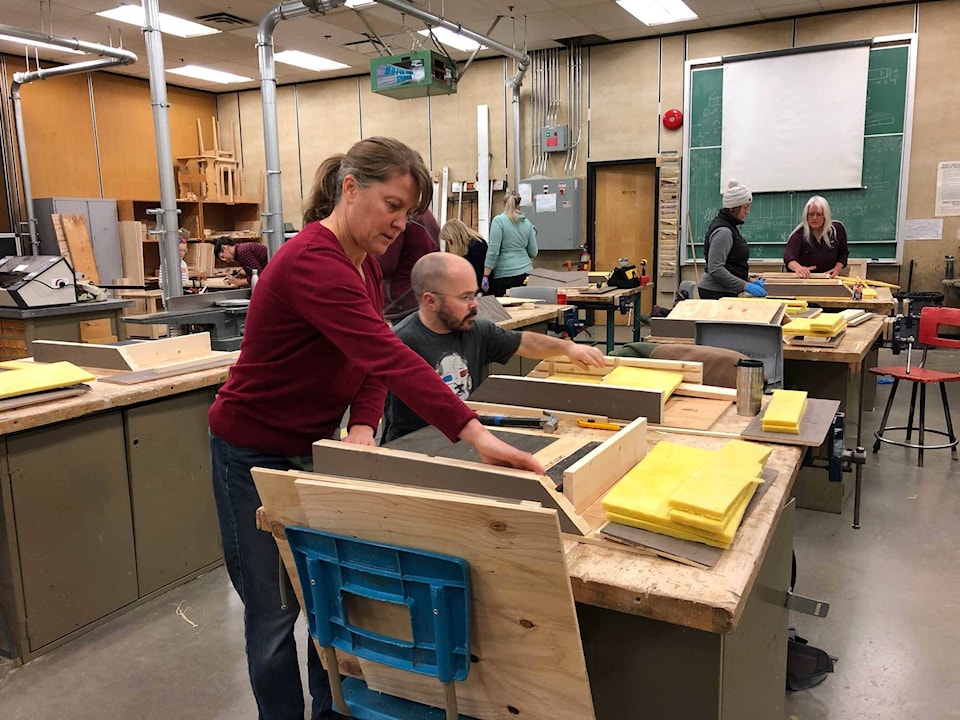It’s only appropriate that International Bat Week (Oct. 24-31) would end on Halloween.
At a local bat talk hosted by the Bulkley Valley Research Centre (BVRC) Smithers-based environmental consultant Ashleigh Ballevona talked about the bats that can be found in the Bulkley Valley.
Ballevona began the talk by discussing how B.C. is home to the largest variety in Canada, with 16 different species calling the province home.
READ MORE: Fungus could ‘drastically’ affect BC bat populations: researchers
After a brief overview of the different kinds of bats in the region, Ballevona discussed what B.C. is doing to protect them from the spread of White-nose syndrome (WNS), a disease caused by a fungus which causes bats to wake up early from their winter hibernation and freeze to death when they head out in search of food.
“So they wake up, they go out to find food and water because they’ve now just wasted energy increasing their body temperature to wake up and they starve because there’s no food or water available to them.”
The fungus which causes WNS is Pseudogymnoascus destructans, which is thought to have originated in Europe.
The disease has killed more than six million bats since it was first detected in 2006, likely from cavers who did not follow proper decontamination protocols and brought spores over to North American caves where the fungus spread.
Ballevona said while WNS has not been detected in the British Columbia most experts predict it’s only a matter of time before it arrives.
“Our bats are at risk,” she said. “It hasn’t been detected in B.C. yet but it is expected to be here within 10 years.”
Currently WNS has been confirmed in 12 North American bat species, 33 states and seven provinces.
There are no current treatments although there are experimental treatments being researched that involve things such as probiotics.
Interestingly, European bats do not seem to be affected by the fungus.
But for North American bats, it’s caused nothing short of destruction among many different populations.
Ballevona noted experts predict the little Brown Myotis, a common species in B.C. will be gone from most of eastern North America by 2026, for example.
Additionally, some bats in North America have been found with WNS but not suffering from symptoms.
While no treatment exists, Ballevona said the effects of WNS can be mitigated and potentially slowed through measures such as restoring habitat and increasing awareness about bat health and how to deal with bat roosts in places such as houses and other man-made structures.
The Province has also put its weight behind a number of bat conservation programs, such as the BC Community Bat Program (BCCBP), which focuses on a number of methods to study and analyze provincial populations.
The program encompasses 16 regional projects across the Province, with a Skeena project initiated in 2014.
It provides a number of services related to keeping bat population levels healthy and in the early detection of WNS, such as a program which allows the public to alert BCCBP volunteers to bats seen in the winter.
“November 1 marks the start of the winter surveillance period so if anybody sees unusual bat activity or sees a dead bat after November 1 you can always contact me,” Ballevona said.
READ MORE: Wanted: Reports of dead bats and of bats flying during winter months
Ballevona said any bats which are found will be sent in for disease testing to the appropriate authorities.
So far for the Skeena, she said she hasn’t had any calls since she started doing winter surveillance in 2006.
Some of the other goals of the BCCBP are to increase the number of known roost sites in the province and to encourage landowners to protect their roost sites or, if they can’t live with them, to use bat-friendly exclusion methods, such as bat boxes.
The group also seeks to promote the annual bat count and to enhance bat habitat by encouraging installation and monitoring of bat boxes, such as at a Smithers workshop, which was held at Smithers Secondary School on Oct. 26.
About 15 people came out to build bat boxes on Saturday.
The boxes provide a habitat for bats and are designed to provide bats with a warm, dry safe summer roost site.
The bat boxes were built very narrow because bats like tight spaces. Insulation was also added so it can be a warm and safe place for baby bats. People took home their boxes to hang up in their backyards.
Melanie Hooker, from the Hazelton area, came out to the workshop because she said she has seen bats around her property and wanted to give them the best chance of survival adding that bats are key to our local ecosytem and cut down on the mosquito population.
Next up for bat awareness, The Bulkley Valley Nature Kids will be hosting an interpretative walk on Nov. 1. More information on the event can be found on their Facebook page.
-with files from Marisca Bakker
trevor.hewitt@interior-news.com
Like us on Facebook and follow us on Twitter


